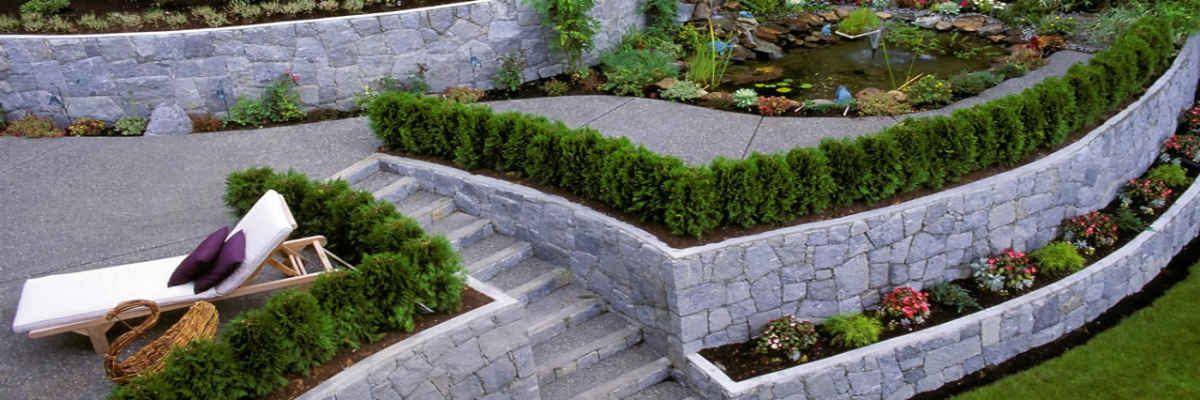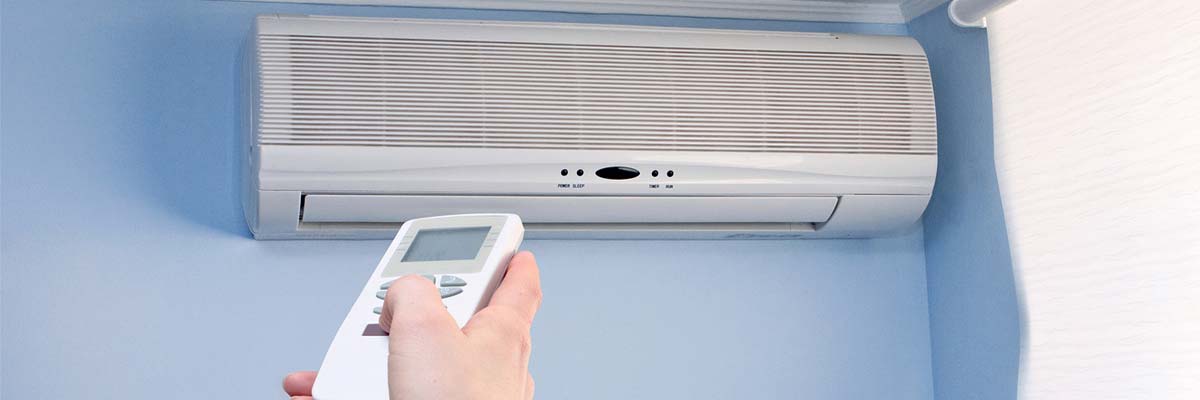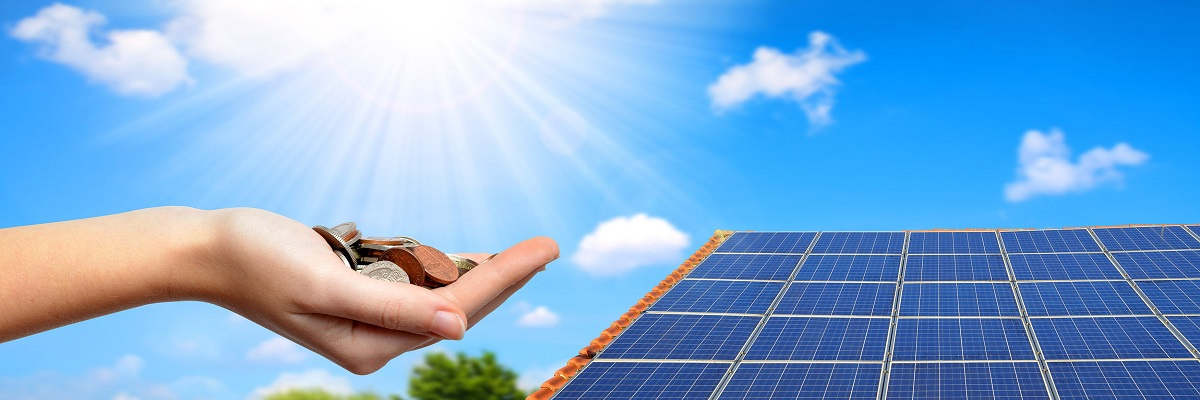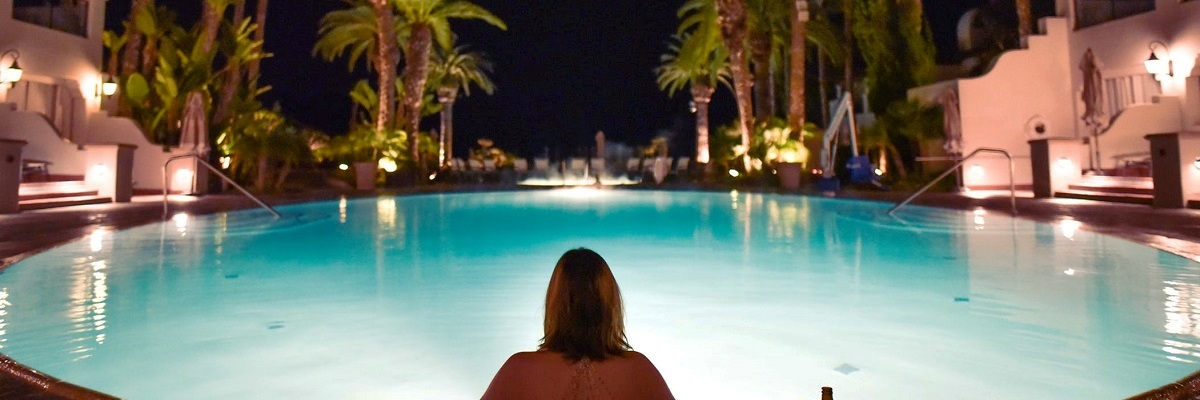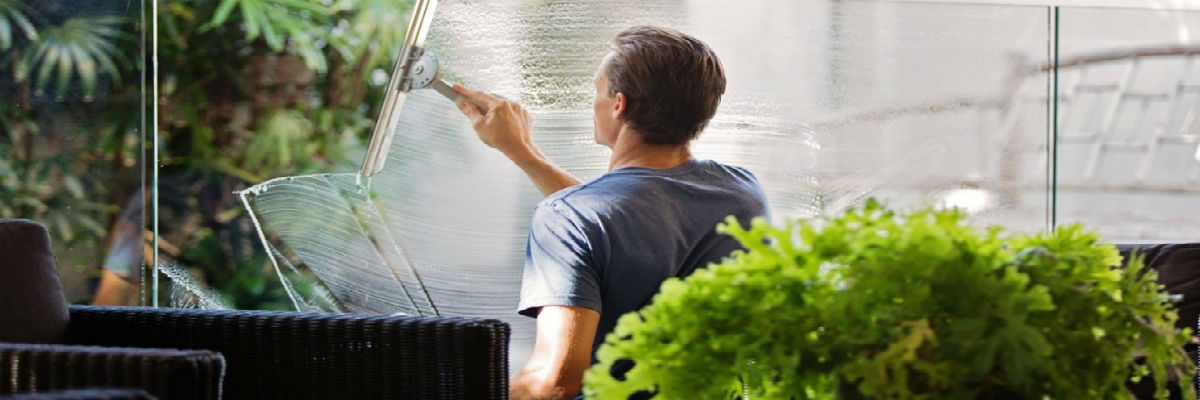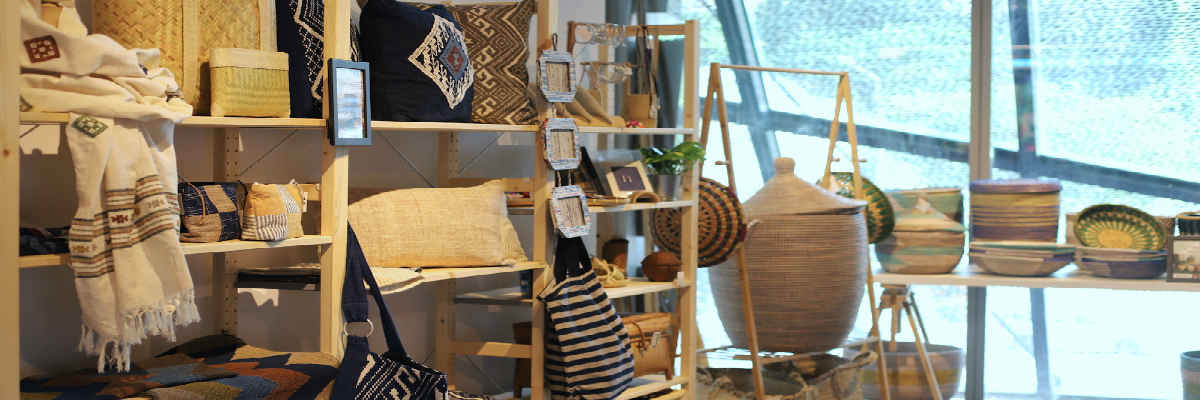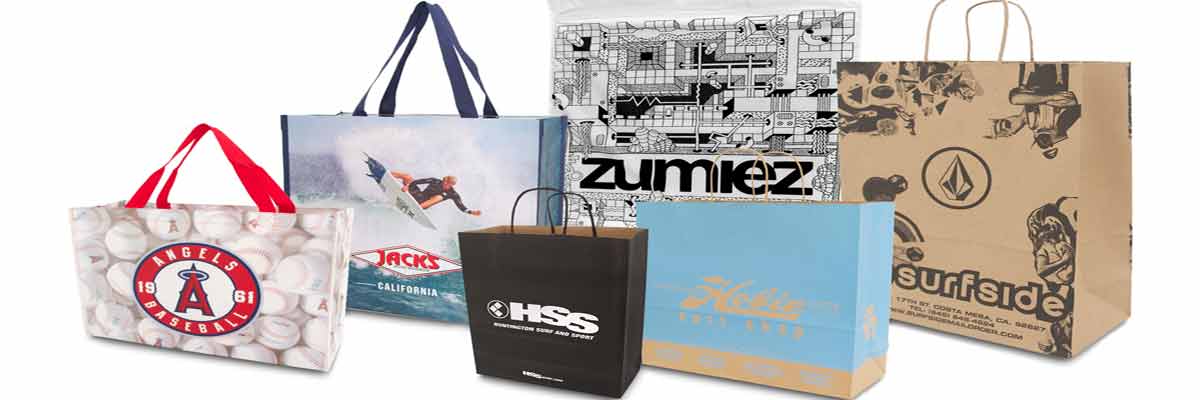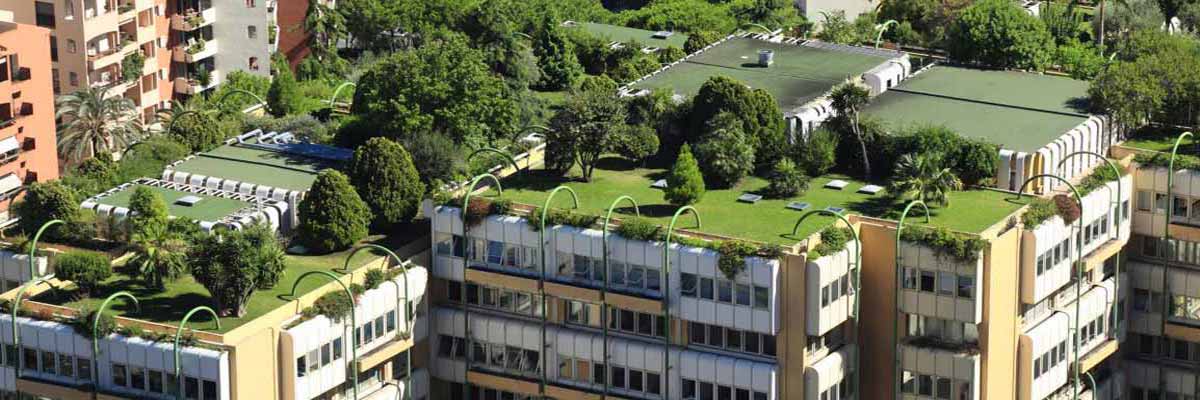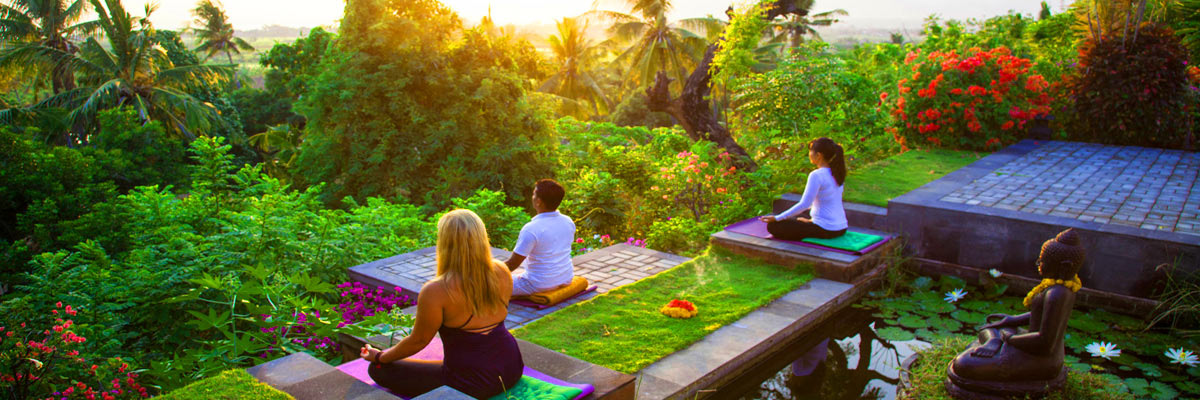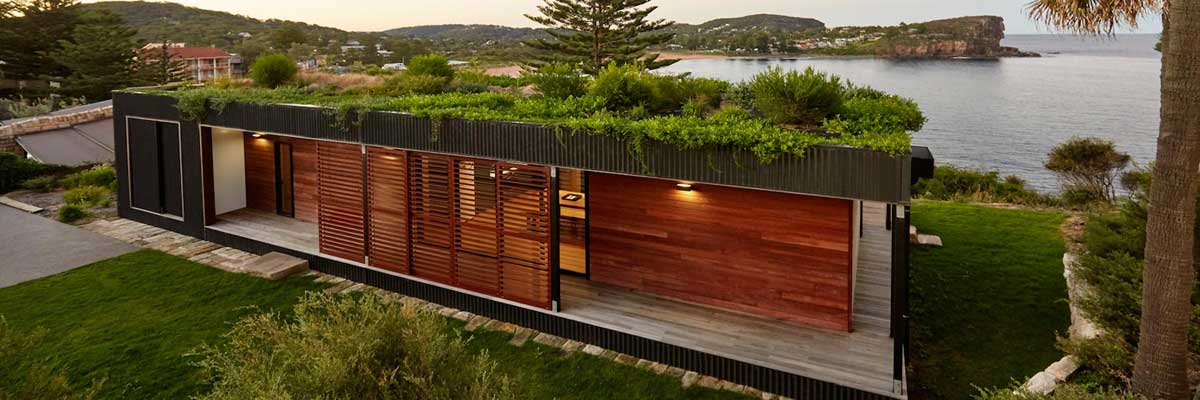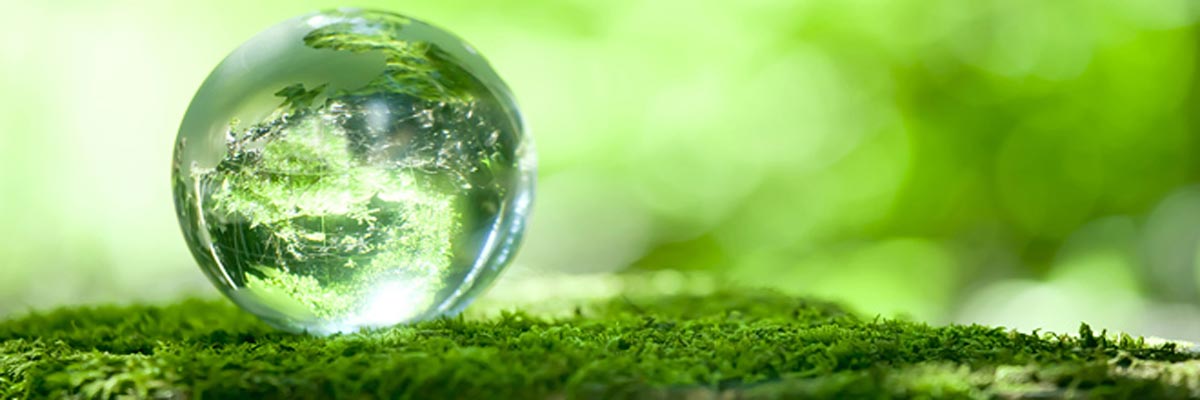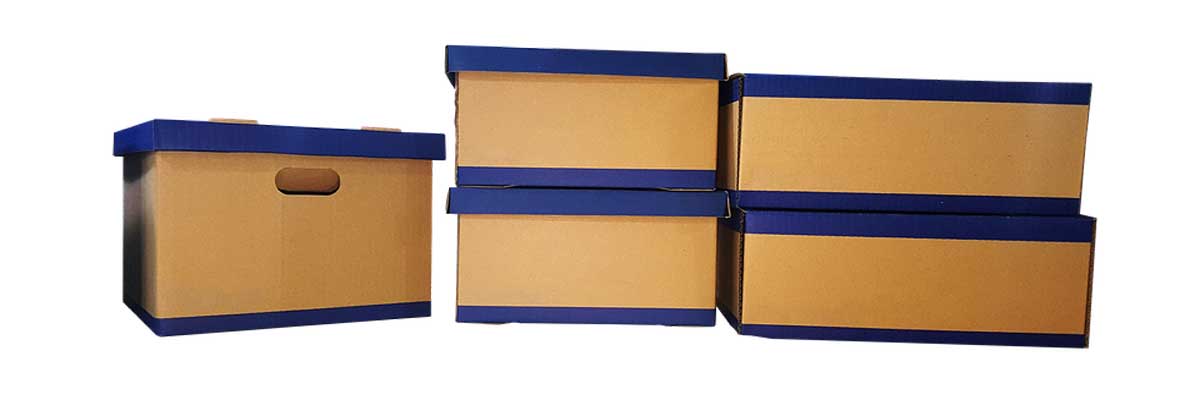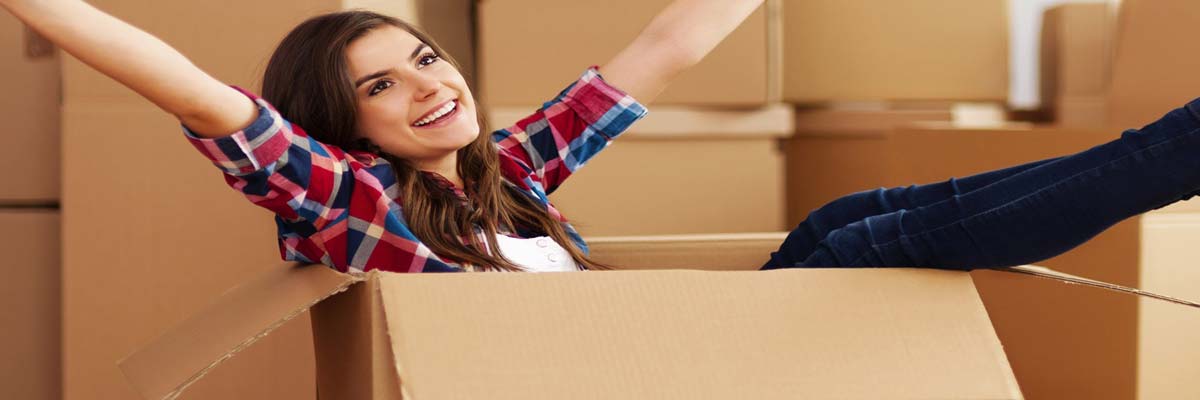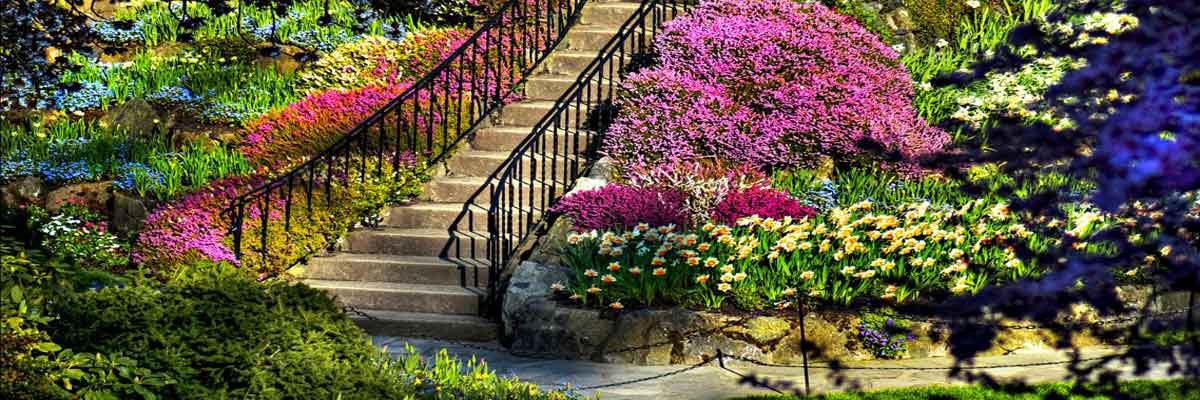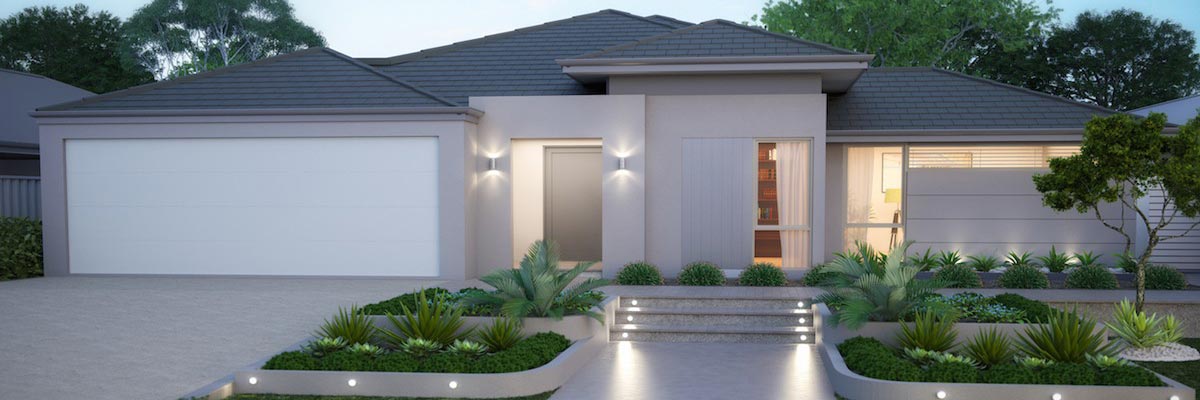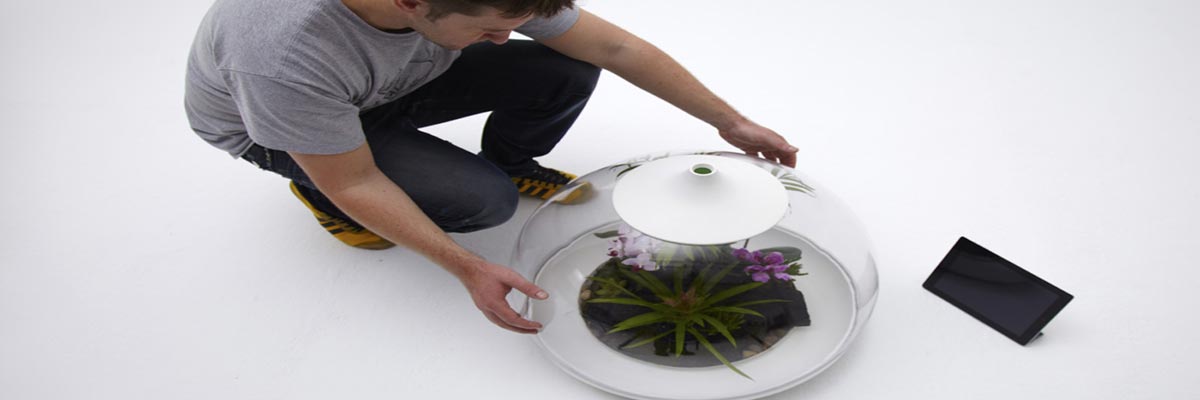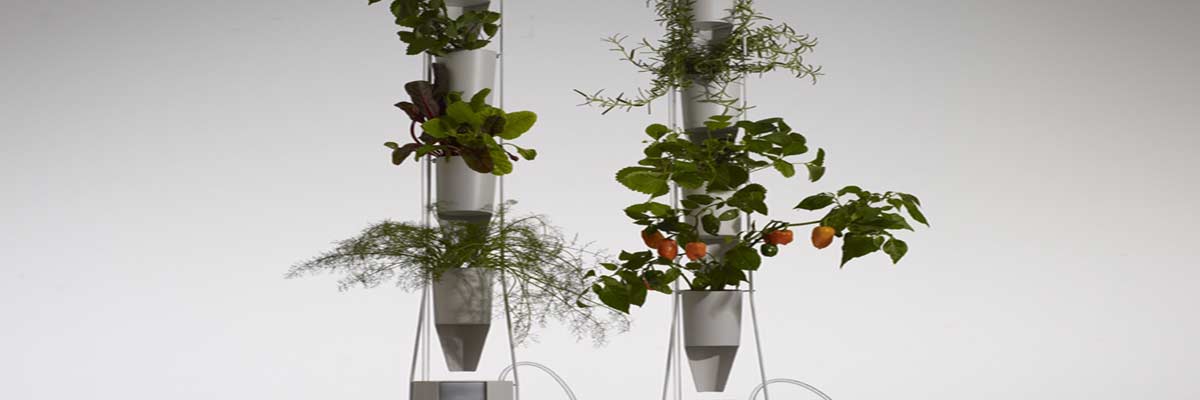The Ultimate Guide to Reducing Water Waste in Your Home
I have been a plumber for over 38 years. After all those years working around Perth, I have realised that even minor changes can lead to significant impact in terms of water conservation.
So, if you’re planning to lower down your bill, minimise water waste, or perhaps, you just want to contribute to the environment, then here’s your guide.
Below, I’ll list down some simple and cost-effective ways to reduce water waste in your home.
- Immediately Fix Leaks
You might think that a tap that’s dripping is no big deal.
But over time, these drips will accumulate, and you’ll end up wasting thousands of litres of water!
I have personally encountered houses that are losing a lot of money by simply ignoring these minor issues.
Water Conservation Strategies Transforming Australian Mine Sites
G’day, folks! Pull up a chair and grab a cold one, because we’re about to dive into a topic that’s as crucial to Australian mining as a good pair of steel-cap boots – water conservation.
In a country that’s drier than a dead dingo’s dinner, how our mining companies manage water is becoming as important as the minerals they dig up.
Now, I know what you’re thinking. “Water conservation in mining? Isn’t that like trying to keep a Great White as a pet?” But hold your horses, because the clever cookies in our mining industry are pulling off some pretty impressive tricks when it comes to saving our precious H2O.
Fun Themes to Try in Your Landscape Design
If you’ve been thumbing through the pages of a home and landscape design magazine, you’ll quickly learn that there can be a lot more to the process than you might have first thought. While you can have a few ideas and designs in mind, the best landscape design is one with a theme. But what theme is going to work for you? Here are a few fun options to show your landscape expert before you begin.
An English Country Cottage
While many parts of Australia are far too hot to really pull off an English cottage look, some boast the perfect conditions. Talk to your local landscaping experts about the best flowers to offer premium ground cover and colour.
It also helps if you have the basis for that cottage appeal, such as a country-style home, rolling lawns, and shady trees. Your landscaper can then work their magic with a pond or waterfall renovation and dozens of beautiful cottage flowers to complete the look.
Cool, Calm, and Collected
If you want your garden to be a reflection of your ‘cool, calm, and collected’ personality, then maybe a touch of European in your landscape design is the answer. Europeans love their hedges to be meticulously pruned and maintained with straight lines and dense bush.
European yards also have spacious courtyards with minimal hassle or fuss, a feature fountain, and resting areas. Talk to your local landscaper to see what they can do for you.
How to Get the Most Eco Friendly Air Con
These days with the constant use of air conditioning and heating, we may want to make sure we use the air con in an eco-friendly way.
This not only helps to save our precious resources; it also saves on running costs and will preserve the life of your air conditioning unit.
Most people consider keeping the filters clean sufficient, but there is much more you can do to help the planet that requires little effort.
10 Innovative Uses Of Solar Energy In Your Home
Solar energy, including solar panels, has become a hot topic for good reasons. Not only is it a renewable energy source, but it also helps homeowners save money on their energy bills. With the rise of innovative technology and smart home automation, homeowners can use the solar energy they have saved from investing in a solar energy system from a professional solar panel company. In this blog post, we explore ten innovative uses of solar energy at home that can help save money and reduce your carbon footprint.
Solar Panels: This is the best-known and most popular choice for homeowners using solar energy to power their homes. They convert sunlight into electricity, which is then used to power your home. Solar panels are an excellent investment for homeowners who live in areas with plenty of sunlight, as they can help you save considerable money on your electricity bills over time.
Solar Water Heaters: Solar water heaters use the sun’s energy to heat water for your home. They are ideal for families that use a lot of hot water, as they can help reduce heating costs.
Solar-Powered Lights: Solar-powered lights are inexpensive and an excellent option for those who want to light up their outdoor spaces without using electricity from the grid. They work by absorbing sunlight during the day and then using that energy to power the lights at night.
5 Great Outdoor Lighting Ideas For Your Concrete Swimming Pool
One of the great things about having a concrete pool on your property is that you have an almost unlimited choice of how to design it and the surrounding area with your pool designers. Not only does it add value to your property but the way in which the aesthetics of your property can be enhanced by a concrete pool is incredible.
An option for enhancing it further is with the use of outdoor lighting, which can turn what might look like a pleasant and attractive pool area during the day, into a stunningly beautiful location at night. To get the wheels turning in your mind in terms of ideas, here are 5 of our favourite options for outdoor lighting for pools.
Underwater Lights
This is one of our favourites as nothing makes a pool more appealing for a swim at night than the lights that are underwater. Not only can they make a pool look stunning, especially if they are coloured lights, but they perform a more practical function in terms of making the pool safer. With the water lit from underneath it is easier to see that someone is in the pool especially if the surrounding light is not particularly bright.
Spotlights
These are great when you want specific features in and around the outside of your property to be highlighted at night. You may have a tree, certain flowers, or it could be some items of the garden and poolside furniture that you want to shine a light on. If you install some adjustable spotlights they can be positioned to shine on the pool when it is being used, and again the use of coloured lighting will enhance the atmosphere.
Why Green Cleaning Might be Right for You
We’re all guilty of making poor purchasing decisions because we’re short on time. We buy takeaways when there’s no time for dinner, and we take the car instead of walking to get where we need to be a little quicker. We also might choose a toxic oven cleaner over a green, sustainable cleaning product because we believe it will work in far less time than one we make ourselves.
No one’s perfect, but that doesn’t mean you can’t make a few subtle changes that can have surprising benefits. Read on to learn why green cleaning might be for you.
There are Fewer Chemicals in Your Home
According to office cleaning experts, welcoming more sustainable and eco-friendly cleaning products into your home ultimately means that you will have fewer chemicals in your home – and that has to be a good thing. You don’t have to worry about getting chemicals on your skin, breathing them in, or even touching them. You’ll be amazed at the peace of mind that can offer, which is one of many reasons why green cleaning might be for you.
Better for Your Health
Not breathing in chemicals while you clean your home is a pretty decent reason why green cleaning might be for you. Studies have shown that the asthma risk in your household can increase if you use a household cleaning spray a minimum of once per week. Green products can ultimately even out or decrease that risk.
What to Use Instead of Plastic?
In recent years, the world has completely 180-degree turned on plastic use. Instead of being the most versatile and convenient option around, according to its users, it has become the most burdensome for the planet and a thorn for sustainability.
Because most of this generation has grown up with plastic products, it can be hard to flick that switch off right away to focus on sustainable, eco-friendly materials. Some people may not even know what they can use instead. So, what can replace plastic in your everyday life? Read on to find out.
Single-Use Servingware
When you are hosting a barbecue or community event, it can be hard to find serving ware that’s both convenient and safe for the environment. While you could encourage people to bring their plates and cutlery, it’s just not practical. Sometimes, plastic seems like the only way. But it’s not.
Instead of plastic cutlery and plates, which will end up in the rubbish bin within minutes of its one-time use, you can use wood or bamboo. There is now a myriad of different eco-friendly serving ware options. While they, too, can be single-use, they break down in the environment and release nutrients into the soil. You can’t say the same about plastic.
6 Sustainable Packaging Mistakes Made by Many Businesses
Most businesses understand that when they send freight, the more sustainable the packaging, the less it will cost them both for the transport company costs and the costs of purchasing the packaging. Many types of packaging have a reason for their use and existence. Companies try to keep their goods in top shape and packaging can help with this.
However, most people are aware that it is often a marketing ploy alone that dictates the type of packaging.
- One ‘mistake’ that most companies make on purpose is using a bottle or package that is much larger than needed for what it contains. We’ve all seen vitamin and other pills in large bottles that are only filled to two thirds capacity. The reason for this is to make the product more visible on the shelf and to make the customer think they are getting a lot for the cost of the product.
- Things like cereal come in two packets. One to keep it fresh and the other to prevent the contents being crushed in transit and handling. While the amount in the packet goes nowhere near to filling it, companies cite the contents ‘may’ have become more compacted during transport. In fact, they too, want their product to take up a large amount of shelf space in the shop so it is highly visible – and they also like it if the customer believes they are getting more than is actually in the packet.
4 Easy Ways to Incorporate Sustainability in Building
No matter whether you are a sole trader, a larger building company there are good reasons to add sustainability practices to your business strategies – and easy ways to do it. Being environmentally friendly has become fashionable and for good reason. It not only saves you on costs, but it can give your business an edge over the competition if you offer people sustainable building advice.
Here are 5 easy ways to implement sustainability –
- When ordering building supplies, if you don’t deal in bulk supplies take care to order only what is needed, in timber especially. If you do happen to run out you can save by profiting from other builders who order too much and end up dumping it in landfill or giving it to the recycling centre where they could make recycled furniture or save them time and the effort of on-selling it. There is a great deal of new timber that finds its way into landfill, which is a shocking waste of a resource that takes years to be ready for cutting.
- Suggest your clients salvage such things as windows, doors, tiles and other materials from the recycling plant. They – and you – can save quite a bit doing this where you couldn’t really do it on their behalf unless they asked you to. They would need to choose the patterns and colours of the tiles, anyway.
How To Be Eco Friendly In The Office
These days, with just a little bit of effort, everything we do can be eco friendly to some extent, whether it is at home, or at a home or work office. You may have set up business as a digital marketing agency such as Slinky Digital and work on your computer all day long. If everyone does something to reduce their carbon footprint, the result will be incredible and our precious resources will last a lot longer.
If you have a computer, you will most likely also have a printer. Not all printers are efficient, but laser printers can be said to be better than inkjet printers because the ink will not smudge if it gets wet. So when you print out a sheet, you won’t have to reprint it due to any smudges, thus saving ink. And you can usually print more with one toner cartridge than one container of ink.
Another way to ensure your printer is eco friendly is to purchase one that spits out those pages quickly. All printers use power while they are printing; if a printer takes 30 or even 10 seconds to print one page of type, it will take a lot longer and so use more power than one that can print a page in 1 or 2 seconds. So it’s important to look at the specifications of a printer before you purchase it.
So look at the pages per minute the printer will do, but also look at what other features it has that you may need. Having a printer that can hold 250 pages is a lot more convenient than one which can only hold 10 pages.
How to Have an Environmentally Friendly Holiday
According to villa booking experts Easy Bali Villas when you book one of the many villas in Bali for your holiday, you may not think about being environmentally friendly, but sustainable living should be done in every country, not just the one you live in. Many people don’t consider it necessary to practice sustainability when they go overseas, but it is still just as important and can save you money as well.
So just how can you be environmentally friendly while on holidays? There are plenty of opportunities.
- Don’t scatter your rubbish around. Instead, look for a bin, even if it is out of your way. If there are none in sight, keep your rubbish and dispose of it in a bin at your accommodation.
- If you are purchasing gifts to take home, make them environmentally friendly choices. They should have been make in a sustainable way and be useful, rather than junk that will end up in the bin.
- Purchase goods made locally and this includes food. Local products have not had to be shipped to Bali, so they have a smaller carbon footprint. Besides, Bali has some of the best food ever.
- Don’t use expensive, glossy wrapping paper for your gifts as much ends up in landfill. Instead, place the gift in a nice bag that can be reused and recycled.
- Purchase only one gift per person. Let’s face it, our kids get many presents; they don’t need to be inundated with more just because you took them on holiday. Consider the holiday itself as their gift.
- Rather than buying a heap of cards to send back home, send digital ones. If you don’t want to go digital, use cards made with recycled paper.
How to be Eco Friendly with Home Renovations
When you are planning a home renovation it is very exciting, especially if it is for your own home. It is wonderful to see the change as the home renovation progresses and know that it will really enhance your lifestyle. You can be eco- friendly with home renovations during the equipment hire phase as well as in choosing building materials and finishes.
Choosing the right equipment for the job is essential and will save time as well as help to reduce the impact the renovation has on the environment around you. Plant hire need not be difficult; the hiring company will help you choose the best machine for the job.
You will also need to choose building materials that are eco-friendly. Bamboo is a good choice for kitchen cupboards and other built-ins. Bamboo grows quickly so it a renewable resource. You could also think about using recycled materials. There are many recycling places especially for builders and carpenters. You can find windows, doors, bath tubs, kitchen sinks and cupboards, flooring and left over cut timber from other home building projects. Why waste all that, especially when it will save money as well as the environment.
How an Enhanced Lifestyle is Part of Sustainability
Sustainability is not just about saving the environment. Most people would agree that it includes enhancing your lifestyle in a way that is in line with sustainable practices. For instance, adding patios in Perth, pergolas or carports can enhance the lifestyles of many people; choosing the materials that are eco-friendly and sustainable then enhances and saves the environment.
There are other ways in which a patio or a pergola can be considered eco-friendly.
- When you spend time outside, say for alfresco dining, you can enjoy the cool of the evening without having to run the air conditioner. This saves on your costs as well as saving the earth’s resources. You may think that it would only be a small saving, but if many people do it, that small amount grows exponentially.
- Having a patio against the side of the home will also shade it and keep it cooler, reducing the need for the air conditioner to be on, so again, the environment and your budget are both winners.
- Here’s another way a patio or pergola can be eco-friendly. Having children’s birthday parties in them will save a great deal of wear and tear on your carpets. Eventually, this will filter back to a few less carpets being needed, so all the power that is used to make them will be reduced. This too, may seem like a saving too minimal to count, but when taken over the whole of the country it can really mount up.
Sustainability When Packaging Your Freight
When sending freight it is important to pack it in such a way as to prevent movement and breakage. While your transport or logistics company may have rules and regulations for packaging, they may not consider sustainability to be important. But depending on the kind of freight you have, you can use environmentally friendly packaging quite easily if you put your mind to it. There are several ways of doing so.
- Re-use old packaging from freight you’ve received in the past. It is not difficult to keep and re-use things such as boxes and bubble wrap. Most boxes can be flattened without any harm so it doesn’t take too much room to store them.
- Find larger crates that have been used by watching the classifieds where people who have recently moved may advertise them.
- Visit a recycling centre to see what’s on offer for packaging up your goods. You’ll find many handy packaging goods there.
- If you receive goods on pallets that have been surrounded by plastic wrapping, it might be worth unwrapping them carefully to re-use it. The downside is that it will take more time, but not everyone is in a rush to get things done.
- Use crumpled paper to safely pack small items. Ask friends and family to save their newspapers for you.
10 Tips to Moving in an Environmentally Friendly Way
People move house for many different reasons and some have many moves over their lifetime.
It seems they no sooner get settled and they have to contact a furniture removals company.
Then they start with the whole deal of packing up their goods and taking them to another new home.
This may be inconvenient, but at least moving can be done in an environmentally friendly way.
Here are 10 tips to show you how.
- Use some of your linen or out of season clothes for wrapping breakables and for padding in and around the boxes. This will save on the cost and usage of bubble wrap and prevent yet more plastic going into landfill.
How Landscape Design Can be Environmentally Friendly
According to Landscaping Sydney, professional landscaping your property can pay dividends, especially if it is done by a professional. Not only will it increase the sales potential and value of your home, if done properly, landscape design can save a great deal on the costs of water, fertilizer and losing plants. How?
A professional can ensure your plants are suited to the area and that they are in a position in the garden that suits them best. Placing shade-lovers in a dry, sunny position and sun lovers in the shade is a recipe for plant loss. And it happens more often than you may imagine simply because we purchase plants that appeal to us in looks, not to suit the garden we have. Choosing the right plants in vital.
Some of us also tend to stick plants in the garden wherever there is a spare space and we don’t think about their watering needs. Some plants will rot away if they get too much water while others thrive on it. Put the two close together and one of them is not going to survive. The same applies when it comes to fertilisers. Some plants prefer one type while other plants don’t like any or not so much.
Australian natives especially, don’t thrive if they have a lot of fertiliser, so if they are planted with anything that is known as a gross feeder – that is, it likes a lot of fertiliser – then one of the two is not going to thrive and indeed, is likely to die off completely.
Landscape design can also be environmentally friendly when the whole property is designed to retain natural rainwater by placing garden beds in a location to catch the run-off, by terracing and by planting water lovers in damp spots. Automated watering systems that have sensors to indicate when watering is needed can save on the use and cost of water.
How Sustainable is Colorbond Roofing?
If you are re-roofing your home, you will want to choose a sustainable option. A roof is one of the most important parts of the home; without it you cannot even live there. But if choosing Colorbond roofing you will want to know that it ticks all the important boxes.
- Durability
- Strength
- Low Maintenance
- Aesthetic
- Suits a wide variety of cladding
- Offers a good number of colour options
- Will blend into the environment or stand out as you require
- Is quick and easy to erect, thus saving costs in time
- Is affordable
Colorbond ticks all those boxes and more besides. It is one roof that is approved for use in bushfire prone areas. This is not only because it is flame retardant, but because it offers very few niches for burning embers to get stuck in. Each sheet is quite long and the overlap has no niche under it, like you find on most tile roofs. So, hot embers from an approaching bush fire simply blow off, rather than lodging on the roof and catching it alight.
Biome Smart Terrarium for Gadget-Loving Green Thumbs
A sign of the times – but one that may be welcome from the digitally connected among us – is this smart terrarium concept by designer Samuel Wilkinson.
Called the “Biome”, the beautiful flora terrarium is controlled exclusively (climate, water level and nutrients) via your iPad or other smartphone device. Wilkinson told MocoLogo that the idea “promotes ‘digital downtime’ by finding an alternative use for smartphones and encouraging their owners to consider a slower life. The control and nurturing of a real mini eco-system takes patience and care, contrasting with the immediacy of messaging or tweeting that is so characteristic of the smartphone generation.”
Biome was developed for a recent exhibition titled “Slow Tech – Designs for Digital Downtime”. There’s no word yet on if the Biome or its companion app will ever see the light of day as a real product
Windowfarm Kit The Latest Wonder in Micro Gardening
Like something straight out of scifi, this hydroponic “Windowfarm” kit is the latest solution for urban dwellers looking to grow their own food in a limited space.
It comes to us from a crowd-sourced community of 22,000 windowfarmers around the world; utilizing an approach called R&D-I-Y, or Research & Develop It Yourself. Since 2009, this collective has been working towards perfecting a micro-hydroponic kit that can grow just about any vegetable if you’ve got direct sunlight.
Their latest version has a new design, environmentally-friendly cups and wires, and an awesome reduced price (down from an original $249) of $99. To manufacture the kits, they’ve taken the Kickstarter route and, with 13 days left, have already surpassed their goal of $50,000. If you’re not keen to start your own plants, you can pick up a pack of baby plants for $49, which include 8 varieties like “Genovese Basil, a peppery watercress, perfect-caesar romaine, red leaf lettuce, tangy red-veined sorrel.”
For those that are thinking, “I could make this!” – they’ve got you covered there as well with instructions online for a “Standard 3-bottle Airlift Windowfarm” or a “Hanging 2-Column” variety. Sounds like a pretty decent holiday gift for anyone you know that’s tight on space but keen to grown their own food.


